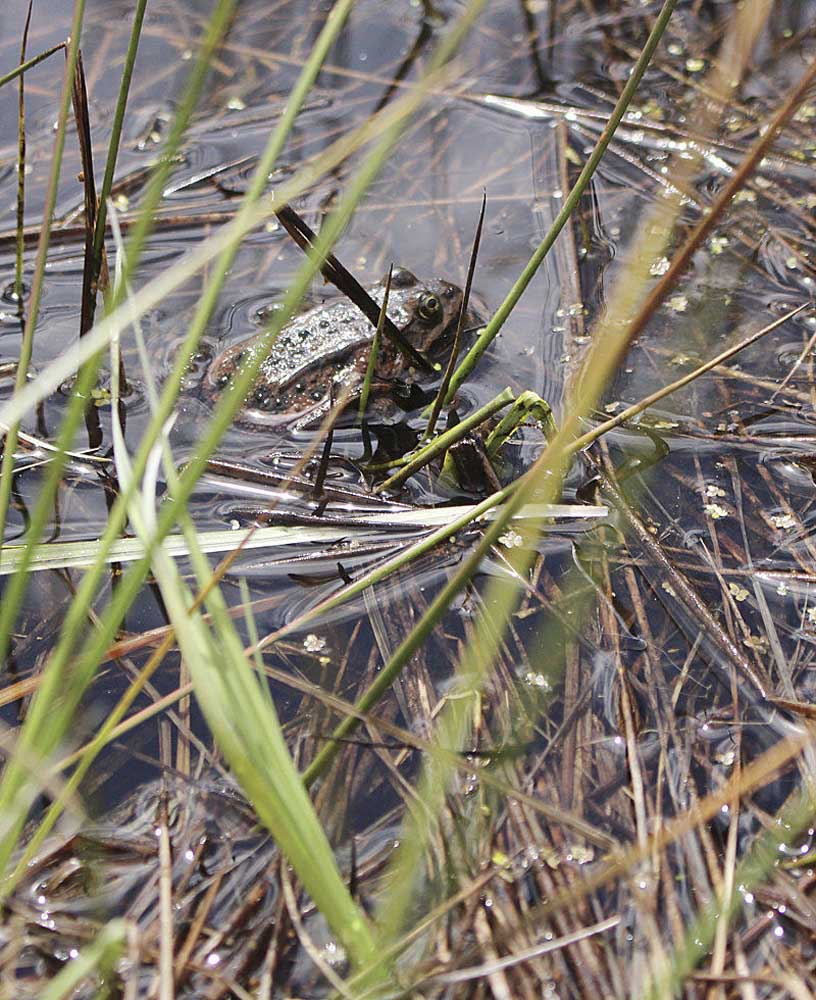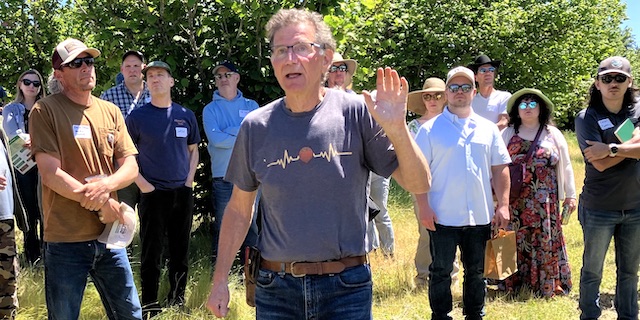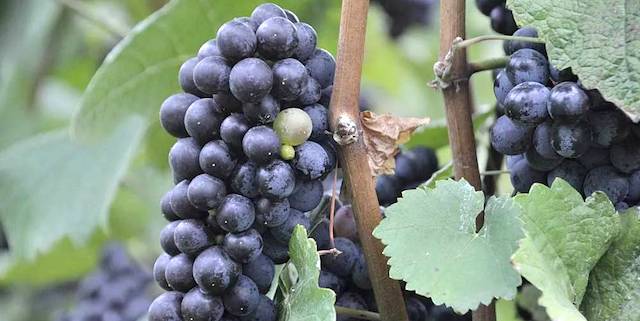Legal action threatened over spotted frog habitat
Published 2:29 am Wednesday, August 26, 2015

- A new plan will benefit the Oregon spotted frog and other threatened species in addition to providing adequate water for irrigation.
When Mike Britton answers the phone at his North Unit Irrigation District office in Central Oregon these days, the conversations take a quick turn.
Trending
“The first three words are, ‘I heard a rumor,…’” Britton said.
And so it goes. Environmental groups have warned they intend to file suit over Oregon spotted frog habitat, and patrons of multiple Deschutes River Basin irrigation districts worry the outcome will leave their land with less water and more restrictions.
Britton, the North Unit manager, scheduled a town hall meeting Wednesday, Aug. 26 in Madras, Ore., to talk things out, share information and get everyone on the same page. The meeting begins at 5:30 p.m. in the Madras Performing Arts Center on Southeast Buff Street.
Trending
Here’s the background: The U.S. Fish & Wildlife Service in August 2014 listed the Oregon spotted frog as “threatened” under the federal Endangered Species Act. The listing wasn’t a surprise; the frog has disappeared from an estimated 78 percent of its historic range, from Southwest British Columbia to Northern California.
Loss of its favored marsh habitat and introduction of predators such as bullfrogs are the primary reason for the frog’s decline. Fish & Wildlife proposed 22,600 acres in the Deschutes River Basin as “critical habitat.”
The Upper Deschutes in Central Oregon is one of the few places where the frogs can still be found, particularly in Crane Prairie and Wickiup Reservoirs and in the wetlands downstream from them and from Crescent Lake.
Irrigation districts, recognizing the potential impact of an Endangered Species Act listing, worked with Fish & Wildlife, the U.S. Bureau of Reclamation and other agencies and groups to develop a Habitat Conservation Plan for spotted frogs. Britton heads a group, the Deschutes Basin Board of Control, which represents eight irrigation districts in the process.
But this summer, the Center for Biological Diversity and WaterWatch of Oregon separately gave 60 days notice they would file suit against the Bureau of Reclamation, which built the Crane Prairie, Wickiup and Crescent Lake reservoirs, and against the North Unit, Central Oregon and Tumalo irrigation districts, which operate and manage the dams and reservoirs.
The lawsuits allege the bureau and districts have harmed spotted frogs. In a news release, WaterWatch said “managing the Deschutes more like an irrigation ditch than a river has caused significant damage to river health.”
WaterWatch said it is primarily concerned about the stretch of river from Wickiup downstream to Bend. The Center for Biological Diversity questions the operations of Wickiup and Crane Prairie, saying the frog lives upstream and downstream of both and is harmed when river levels rise and fall rapidly in response to irrigation needs.
In a prepared statement, the Center’s endangered species director, Noah Greenwald, said the problems “can likely be fixed with minimal impact to irrigation districts.”
He said the Oregon Spotted Frog is “one of the most imperiled amphibians in the world” and the Bureau of Reclamation needs to “step up” its oversight of the dams.
Britton, the North Unit manager, said he doesn’t want to speculate on what the lawsuits will specifically allege once they are filed. “I wish we knew, good or bad,” he said.
Britton said the Center for Biological Diversity’s involvement is puzzling, because it hasn’t been involved in development of the habitat conservation plan. Britton said WaterWatch’s threat of legal action is disappointing, because it was among the agencies, districts, tribal leaders and others involved in the planning.
“I thought we were working for a collaborative solution,” he said.
One of the projects that emerged from the spotted frog work is called Ryan Ranch Meadow, a 65-acre site. Fish & Wildlife, the Forest Service and the districts see it as possible spotted frog habitat that could mitigate habitat loss elsewhere, Britton said. District volunteers installed pipes and fish screens and plan to flood the meadow to determine if it can retain enough water to be used by the frogs.







